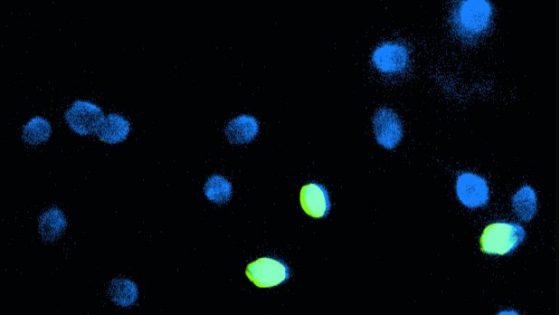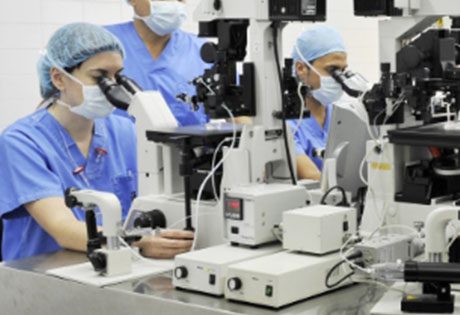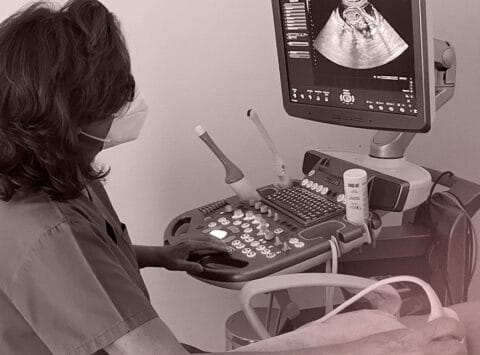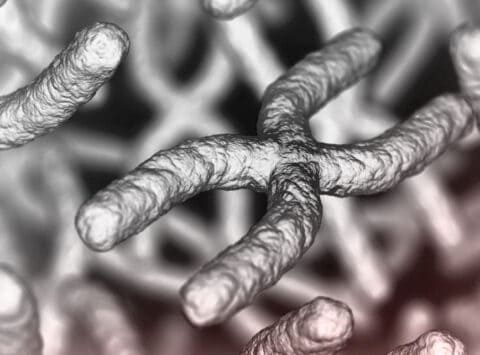Assisted reproduction
Since the first IVF baby was born in 1978, countless tests have been developed, both diagnostic and treatment. In this section you will find in detail the advances that have allowed the birth of millions of children in the world.

DNA fragmentation in sperm: TUNEL
When a couple fails to get pregnant or has an unsuccessful pregnancy, a number of tests performed on both partners is recommended. One of the basic tests in analysis of the male partner involves performing a seminogram […]

Infertility in men and cryptorchidism
Cryptorchidism, from the Greek words kriptos (hidden) and orquis (testicle), is the failure of one or both testes to descend to the scrotum. It is estimated that between 2 and 5% of newborn boys have […]

The impact of Turner syndrome on women
Turner syndrome is a chromosomal condition caused by partial or total loss of one of the X chromosomes. All human beings have 23 pairs of chromosomes and this is what is known as the karyotype. […]

What is the impact of obesity on male fertility?
Obesity, understood as a Body Mass Index (BMI) of over 30 kg/m2, is associated with various health problems: high blood pressure, diabetes, hypercholesterolemia, sleep apnoea, etc. One of the most important and least known aspects […]

Is there hope for me following fertilisation failure after ICSI?
In vitro fertilisation treatment (IVF) techniques consist of fertilising oocytes with spermatozoa in a laboratory. They are held under conditions that are similar to their natural environment and, a few days later, the best embryo is selected and […]

Seminal lavage: what is it and what is it used for?
Human immunodeficiency virus (HIV), hepatitis C (HCV) and hepatitis B (HBV) are viruses that are transmitted through blood and body fluids as well as through vertical transmission (from the mother to the foetus). As a result, couples […]

What is a hysterosalpingography?
A hysterosalpingography is an examination using x-rays and, as its name suggests, it is used for exploring the uterus (hystero-) and fallopian tubes (salpingo-). The examination is rather uncomfortable but this is remedied by giving the […]

What are the causes of recurrent pregnancy loss?
Spontaneous abortion is defined as an unexpected pregnancy loss before the foetus is viable. In other words, before week 22 of pregnancy and under 500g in weight. The frequency rate of spontaneous abortion is estimated […]

Women currently seek guidance on reproduction at a much older age than they did some years ago. As a result, amongst the women who undergo fertility treatment, there is a significant group of women of […]

